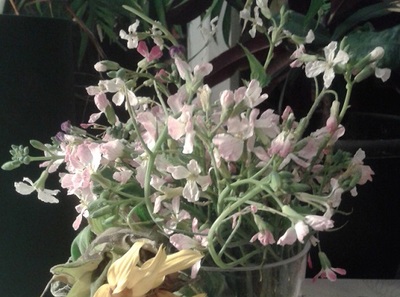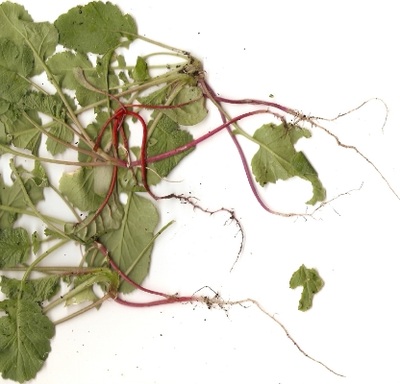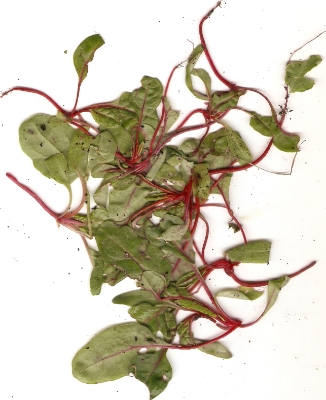|
seed pods. who knew? it's a prolific plant. pods in the summer. pods in the fall. edible pods. the ongoing multiple flowers ('raceme' inflorescences) are huge attractants for bees and butterflies. it's a super-patch! plan to pull the plants later and hang them to dry, for seeds next year.
blue jays. flickers. great horned owl. hairy woodpecker. ravens. robins. hawks aplenty, 1 wingèd stoop. crows. a hornworm.* butterflies. bees. 2 coyotes. a skunk. rabbits, 1 juvenile. 2 fawns. a ladybug in flight. wild raspberries. a tall sunflower grove. *Whoa, sphinx moths can have up to a 14" proboscis.
**Amaranthaceae - spinach, beet, sugarbeet, chard, quinoa, 'pigweed family' begonia elatior. the others are nice, but yellow is the One. geraniums: a blast of tight buds. radish patch. officially a butterfly garden. (edible young leaves.) The first month, which the Latins call January, is Giuli; February is called Solmonath; March Hrethmonath; April, Eosturmonath; May, Thrimilchi; June, Litha; July, also Litha; August, Weodmonath; September, Halegmonath; October, Winterfilleth; November, Blodmonath; December, Giuli, the same name by which January is called. -Bede, On 'Eostre' ... and so on (725AD) |
weblog
nature, phenology, plants.
categories of posts
All
|











